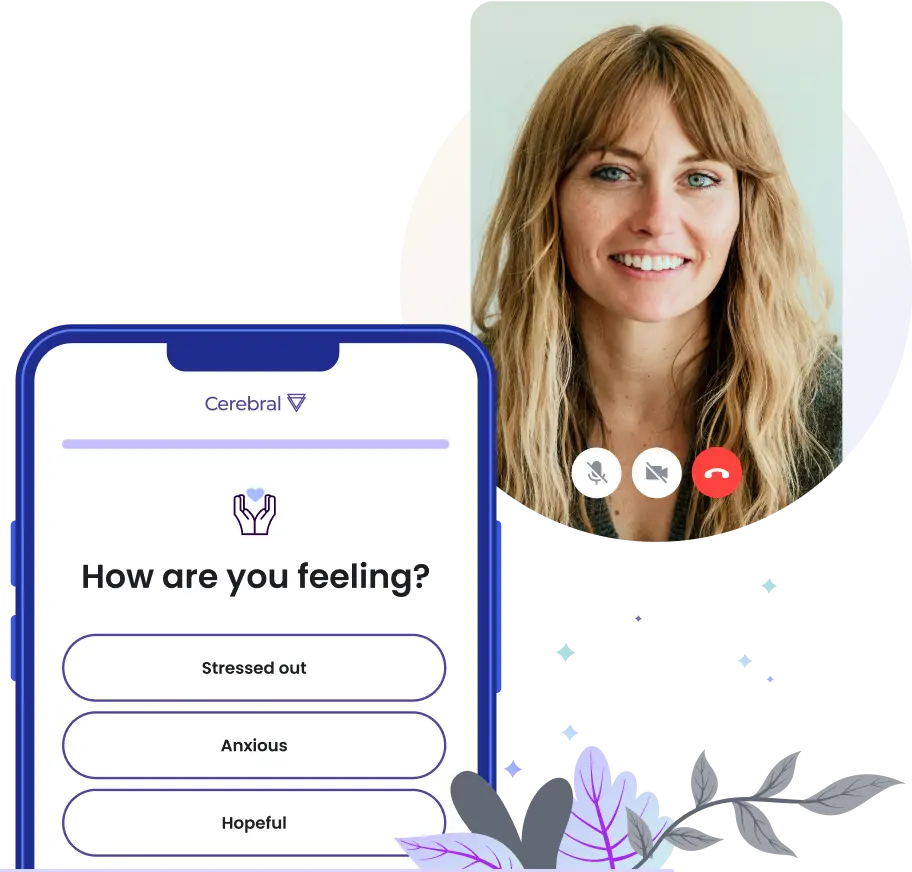40 million Americans suffer from a substance use disorder according to the Substance Abuse and Mental Health Services Administration. Unfortunately, many are not receiving the care they need: 82% of Americans with opioid use disorder do not receive potentially life-saving treatment, and only 7% of adults with alcohol dependence are receiving treatment. The consequences of not receiving treatment are devastating - 75% of overdoses in 2021 were opioid-related and an estimated 99,000 people died from alcohol-related causes in 2020.
Substance use disorders also impact the workplace. 75% of employers say their workplace is impacted by opioid misuse, but only 17% feel prepared to deal with the issue. Alcohol use disorder is linked to 232 million missed work days annually.
Substance use disorder is a growing problem that further exacerbates poor mental health, this is why Cerebral is getting involved. Cerebral offers high-quality care for multiple substance use disorders, including opioid use disorder and alcohol use disorder. Cerebral developed these programs in partnership with in-house and external psychiatrists specializing in addiction treatment, and in close collaboration with Cerebral’s CEO and Chief Medical Officer, Dr. David Mou.
Since substance use is highly comorbid with mental health conditions, such as anxiety and depression, Cerebral has ensured its care programs treat patients comprehensively for all conditions.
“As a high-quality mental health company, it’s critical for us to be able to treat substance use disorders in addition to mental health conditions so that our patients can access a comprehensive solution,” said Dr. David Mou, Cerebral CEO.
Further details on Cerebral’s substance use disorder programs are below:
Cerebral’s Opioid Use Disorder (OUD) Plan
Cerebral’s Opioid Use Disorder plan is a Medication-Assisted Treatment (MAT) plan with regular care counseling. It is specifically tailored to treat those struggling with opioid dependence. In the MAT plan, patients will be treated for their opioid use with FDA-approved medication like Suboxone, if clinically appropriate. Patients will have a high degree of interaction with their dedicated care team, including an initial 60-minute evaluation, weekly meetings with a prescriber to start, all with the flexibility and convenience of telehealth.
90% of Cerebral’s Opioid Use Disorder members who have been enrolled for at least 3 weeks attended their weekly prescriber sessions on time. 100% of Opioid Use patients who were prescribed medication were able to get their prescriptions filled on time. This is imperative to preventing relapse.
Cerebral currently offers Medication-Assisted Treatment for opioid use in Colorado, Florida, and Washington, and has plans to continue the expansion of this program throughout 2022.
Cerebral’s Alcohol Use Disorder (AUD) Plan
Cerebral’s alcohol use disorder treatment program includes therapy and/or medication management. All members are connected with licensed clinicians to develop a personalized treatment program. These programs include regular appointments with the patient’s care team, as well as in-app messaging, self-guided CBT exercises, and prescription management. Cerebral takes particular care to tailor its treatment to the individual.
Cerebral offers care for alcohol dependence in 36 states: Alabama, California, Colorado, Connecticut, Delaware, Florida, Georgia, Hawaii, Idaho, Illinois, Indiana, Kansas, Kentucky, Maine, Maryland, Massachusetts, Michigan, Mississippi, Missouri, Montana, Nebraska, New Hampshire, New Jersey, New Mexico, New York, North Carolina, Ohio, Oregon, Pennsylvania, Rhode Island, South Carolina, Tennessee, Texas, Utah, Virginia, and Wisconsin, and will continue the expansion of this program throughout 2022.
If you're in a state that offers Cerebral's OUD or AUD program, start a free assessment to get started.

Addressing Suicidal Thoughts: A Guide for Suicide Prevention

Telehealth and the Power to Revolutionize Access to Mental health care

How Telehealth Can Increase Access to Mental Healthcare for College Students

Call 911 if you’re having a
mental health emergency
Text Home to 741-741 if you're in emotional
distress and need immediate support
Call or text 988 Suicide &
Crisis Lifeline. Chat service
is available at 988lifeline.org.